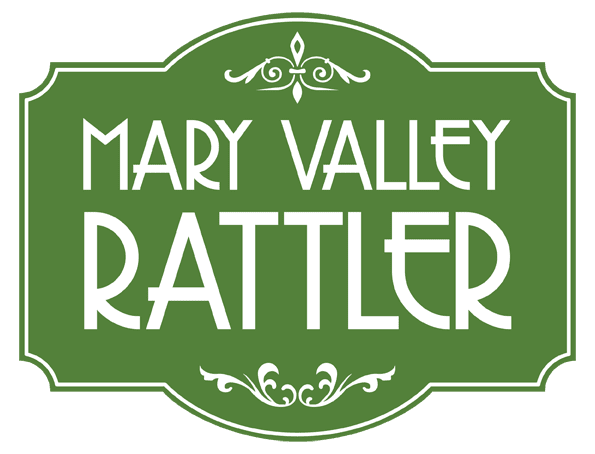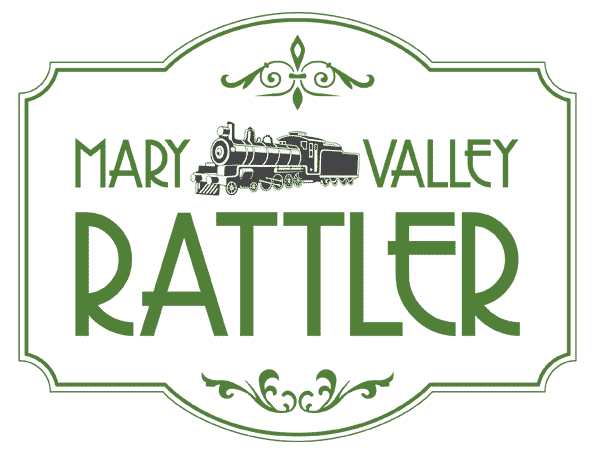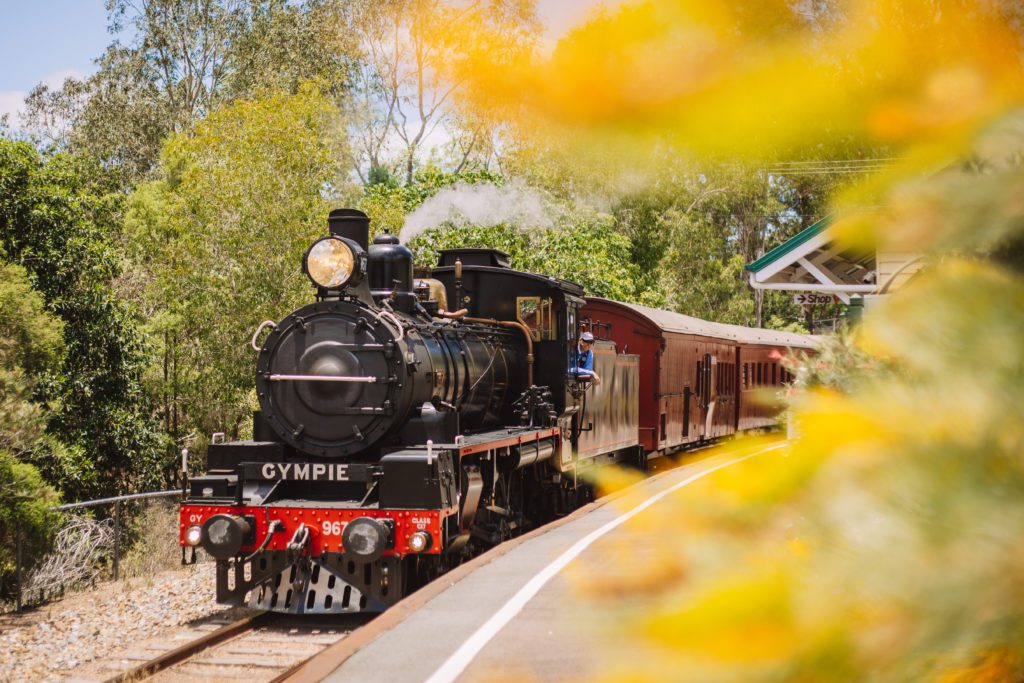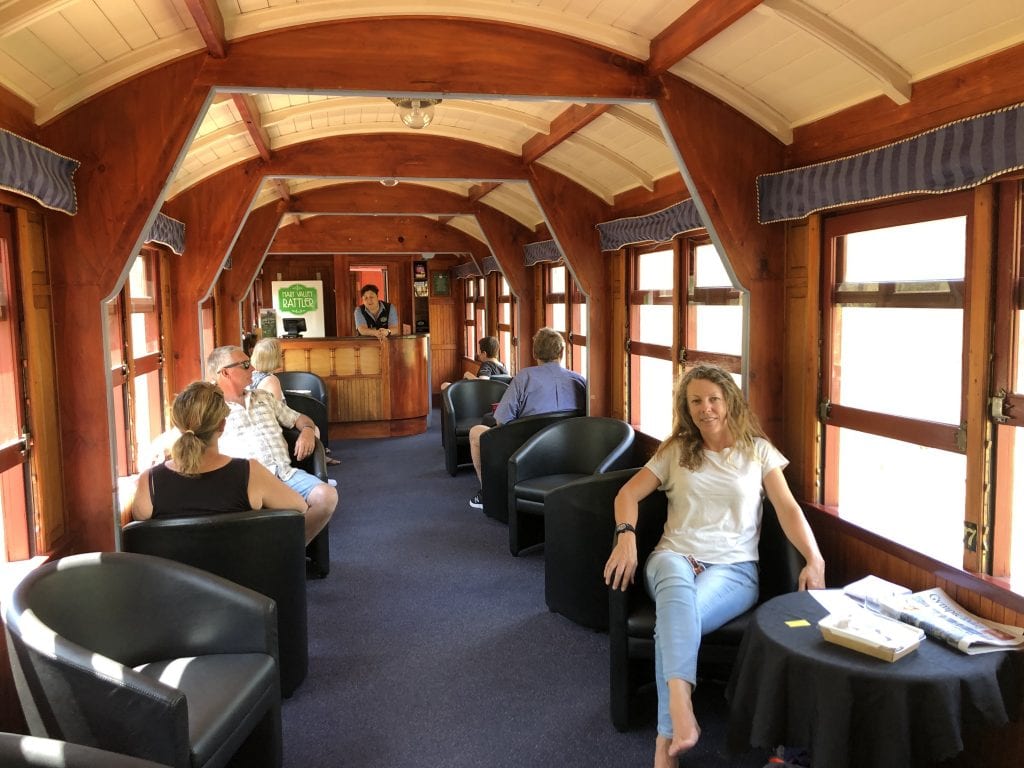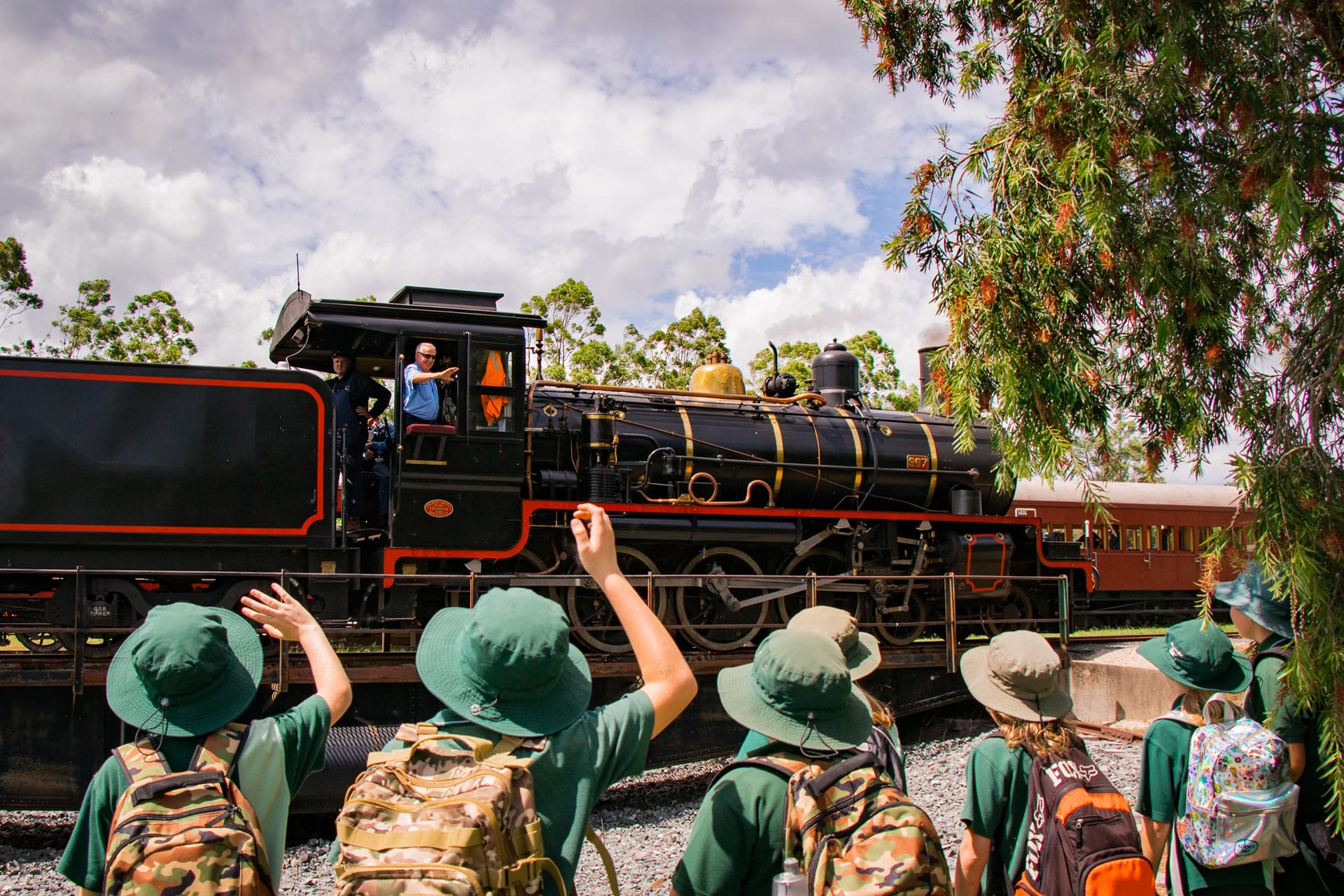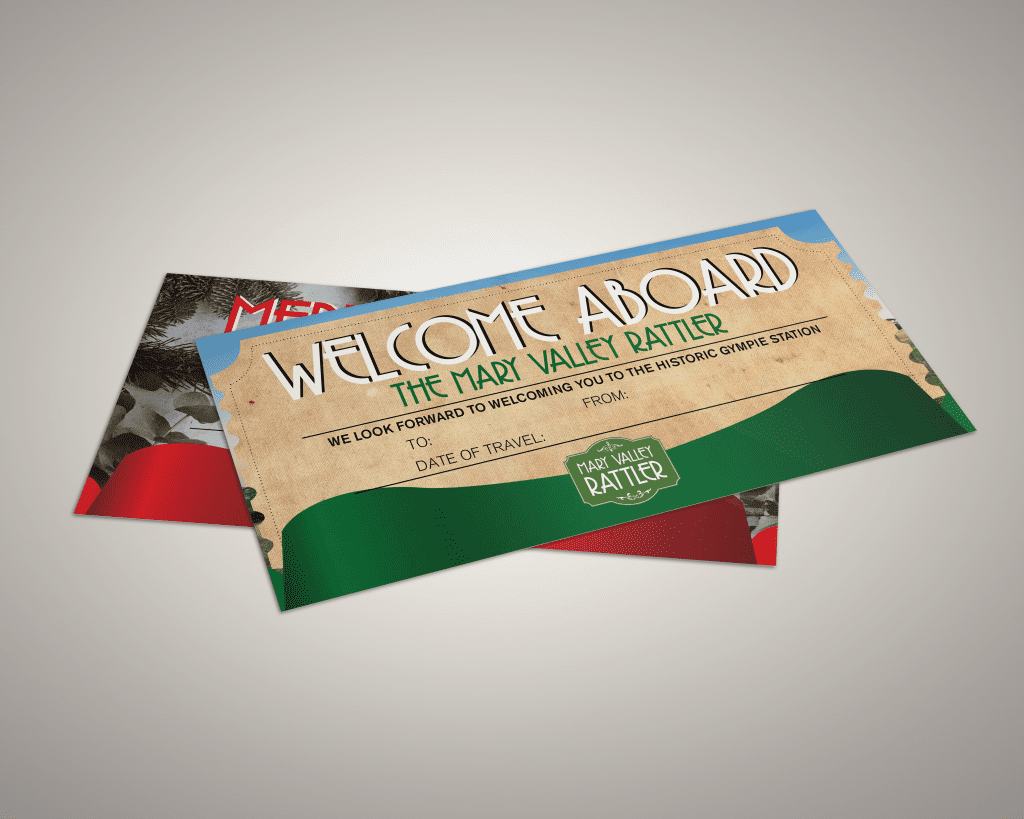Our Fleet
Locomotives, Railmotors, RRC Carriages & Guard’s Vans
Locomotives
The C17 Class
The C17 class of locomotive was an improved superheated version of the C16 class goods locomotive, which first appeared in 1903. The first locomotives of the C17 class appeared in 1920. The locomotives were built by various makers both in Australia and overseas, with design changes made until 1953.
The locomotive design was also used as the Commonwealth Railways NM class which operated on the central Australian narrow gauge railway, (“The Old Ghan”).
The C17 locomotives were overall the most numerous class of Queensland engine, and was also possibly its most versatile. The C17 class of locomotive was a lightweight Queensland design that was suited to the lightweight track and sharp curves of the Queensland Railways.
Weighing in at just over 80 tonnes and with eight driving wheels, the C17 class became the mainstay of the Queensland Railways steam fleet.
Undergoing restoration in our workshop is our own locomotive Number 967 and 802. They would have worked mainly in the former Maryborough District during its working life. 802 would have worked the Murgon, Gayndah and Monto branches. In its 42nd year career with Queensland Railways, the locomotive travelled many miles and was involved in a few incidents.
In the late 1960’s the end of steam locomotives was announced by Queensland Railways and in June of 1969 number 802 was condemned. It was donated to the Roma and District Tourist Association where it would remain for 31 years.
Number 802 was to remain in Roma until 2000, when it was removed by the Mary Valley Heritage Railway to Gympie. The intention was to restore 802 to working order. In 2003 this was achieved by the MVHR and since then it has run continuously and is the steam motive power of the MVHR fleet.
Since then number 802 has continued to be the mainstay and the main attraction for the Mary Valley Heritage Railway. It is amazing to think that a piece of machinery is still performing the work it was designed for over eighty years ago.
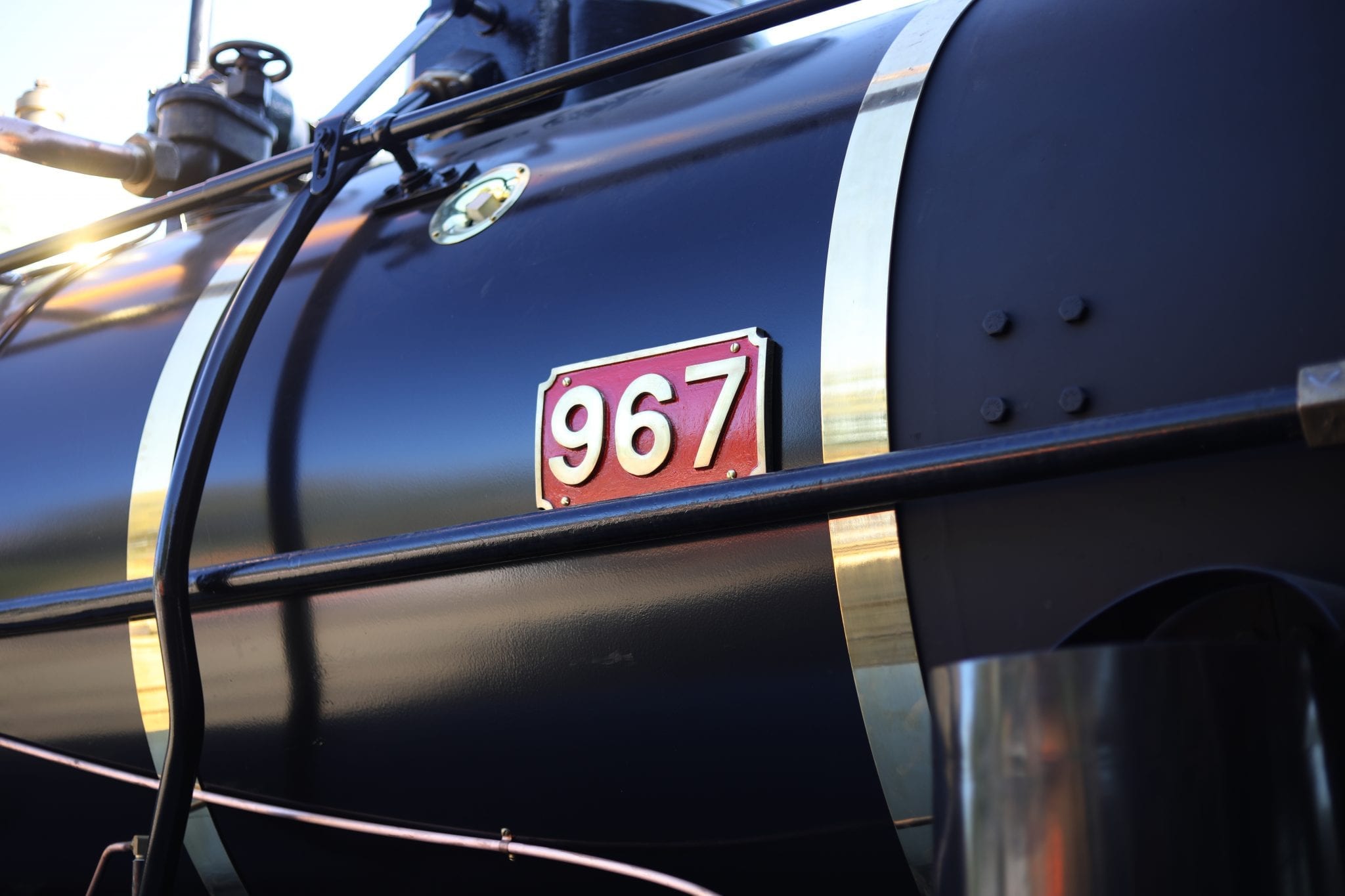
‘A workhorse of the steam era…’
Forty of these locomotives were built after the Second World War by Walkers Limited, of Maryborough.
The Walkers Ltd locomotives were all painted in a medium brown colour scheme with green lining on the footboards, and tender edge, and black smokebox and red buffer beams. The engines were nicknamed Brown Bombers after the then world champion heavyweight boxer Joe Louis.
C17 974 was built by Walkers Limited of Maryborough, works number 511, and entered service in March 1951. C17 974 was withdrawn in 1969, but retained since 1971 as a special excursion locomotive.
In 2001 it was withdrawn and completely overhauled and rebuilt with a new boiler being constructed for the locomotive. Other changes, including additional lighting on the locomotive, including visibility lighting on the buffer, rear headlight, tender ladder, speedo have been made as well. The changes were facilitated to meet the rollingstock standards of today’s modern railway. Other changes were made to improve the safety of the crew and authorised personnel operating and/or working around the overhauled locomotive in the future. The locomotive re-entered traffic in 2008.
TECHNICAL DATA
Weight: 82.9 tons (81.21 tonnes)
Length: 53’5.5″ (16.305m)
Cylinders: 17″ x 22″ (432 x 559mm), boiler pressure 175lb(7206kPa)
Tractive effort: 21,017lb (93.5kN) coal: 7.35 tons (8.13 tonnes)
Water: 3,050 gallons (13,865 litres), driving wheels dia. 45″(1.14m),
Bogie wheels: 2’4″, grate area, 18.5 sq.ft. (1.719sq.m)
Valve gear: Walschaerts 82.9 tons (81.21 tonnes)
LEARN MORE ABOUT OUR NEW LOCOMOTIVE
C17 Locomotive 967 Has Returned Home To The Rattler
RAILMOTOR
The purpose of the railmotor was to provide a passenger service, on branch and main lines where passenger numbers did not justify the expense of running a steam train service. To run a steam train, be it on a goods, mixed or passenger train, required a crew of three the driver, fireman and guard. The rail motor was more economical.
A bit of history of the Rattlers first railmotor, some of our guests may relate to this story. In 1928 the first railmotor was introduced onto the Mary Valley line. Railmotors would continue to operate on the branch until the late 1960s – RM 28 was the first railmotor to be built for operation on the branch.
The original RM28 is in its own museum at Aramac QLD.
The RM 76 which is our current railmotor traditionally ran the Brooloo line to Gympie providing a daily link to the town for shopping, the transportation of goods and a means for children to get to school.
The railmotors were built on the AEC bus and truck chassis. Buses in London had been built on this type 506 chassis since 1914. They were fitted out with seats and bodies, and converted for rail use.
They lasted in service until the early 1960s. They were reliable and rugged machines, and could be repaired quite easily should anything go wrong with them.
Diesel Locomotives
Diesel locomotives were designed to be more efficient than the steam locomotives. A steam locomotive only produces 25% of the energy created by its fuel source-whereas a diesel locomotive uses 75% of its fuel source energy.
There are diesel mechanical, diesel hydraulic and diesel electric locomotives. Diesel electric locomotives have a diesel engine powering a generator which creates electricity for electric motors. Sounds complicated but this form of motive power is still used by major railways around the world.
DEL 1632
This is a 1620 class diesel electric locomotive built by The English Electric Company at Rocklea in Brisbane. The class was introduced into Queensland Rail in 1967. It was purchased by MVHR in 1996 and restored in the workshop. It is used for yard shunting track work, and as a backup loco in case of failure of the steam loco, and during fire bans or restrictions.
This loco celebrated 50 years of service on 20 Aug 2017.
GERTIE
Officially referred to as the Gympie Emergency Response Train, but affectionally known to us as Gertie, this unit is designed as a support vehicle for the Mary Valley Rattler.
Actually, it is a fire extinguisher on wheels. Gertie and her operators travel some distance behind the Rattler on its journey along the line and act as lookouts for any fires which may occur in the rail corridor that start as a result of steam train operations.
We appreciate the valuable assistance given us by the RFBAQ, The Rural Fire Brigades of Queensland in donating equipment.
Gertie was once part of a sleeper laying machine but now modified to do her bit in
protecting the community. She has a Honda powered pump, a Deutz drive engine and a water tank capacity of 1000 litres.
QUAD SECTION CAR
The Mary Valley Rattler has two vehicles carrying out track inspections. This one is was originally constructed by Pacific Construction Equipment Company. It is powered by a Fairmont 5hp 2 stroke engine.
The second section car has a 4 stroke motor to allow it to handle the heavy equipment to repair and maintain the line.
